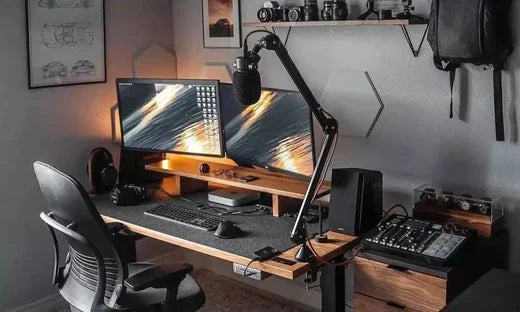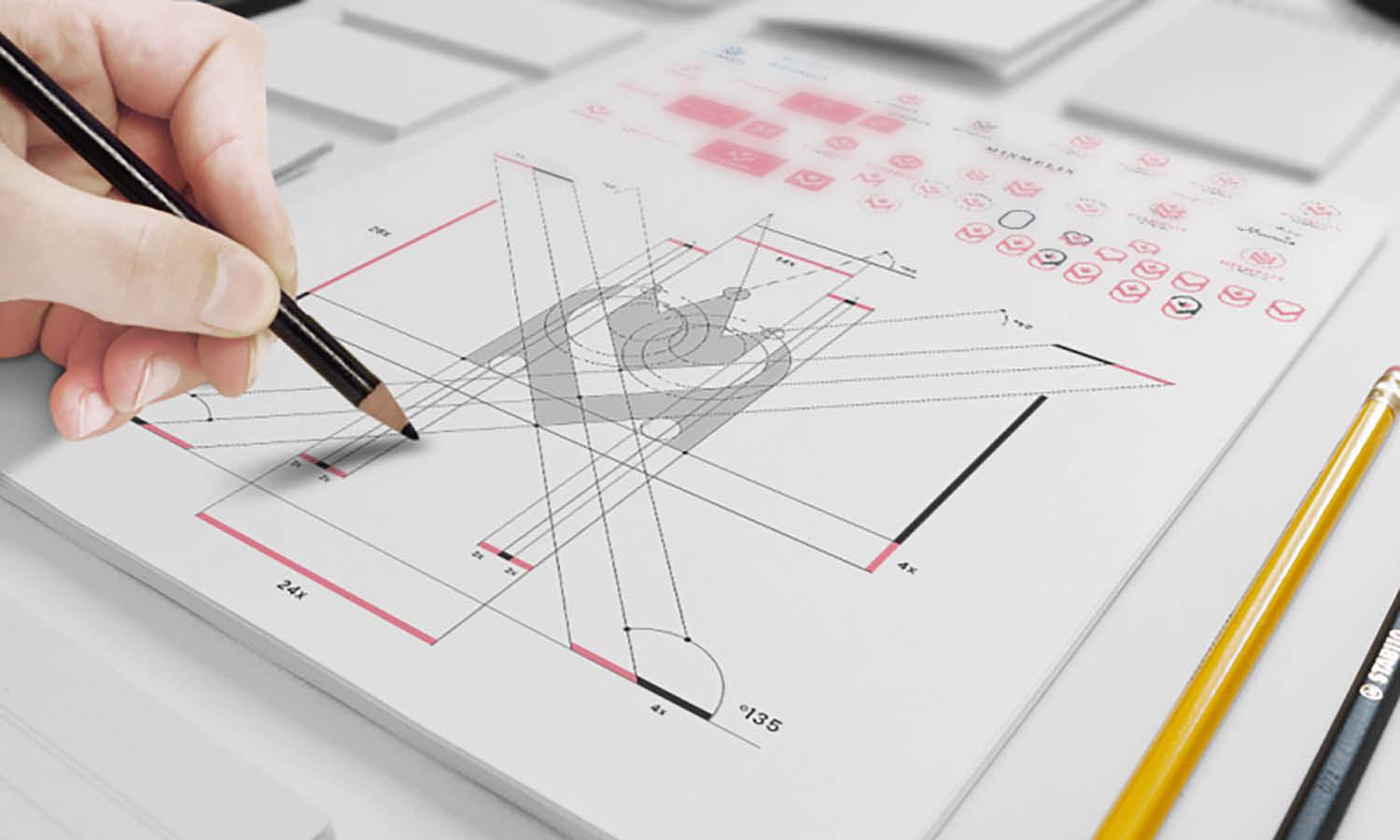Space Management Specialist: Role, Responsibilities, and Workplace Impact

What does a space management specialist do?
A space management specialist plays a crucial role in ensuring that workspaces are efficiently designed, fully utilized, and adaptable to changing business needs. With the rise of hybrid work models, hot desking, and smart office technology, organizations require specialists who can analyze space usage, implement optimization strategies, and enhance workplace functionality.
Businesses that fail to manage their space effectively risk wasted real estate costs, overcrowded workstations, and underutilized meeting rooms. A space management specialist identifies these inefficiencies and implements solutions that improve workflow, enhance employee experience, and reduce unnecessary expenses.
As companies focus more on flexibility and space optimization, the demand for space management specialists continues to grow. Their expertise, combined with a well-implemented workspace booking system, helps create dynamic work environments that support productivity, collaboration, and long-term sustainability.
Key Responsibilities of a Space Management Specialist
A space management specialist is responsible for ensuring that workspaces are functional, efficient, and aligned with business objectives. Their role covers various aspects of workplace strategy, technology integration, and data-driven planning.
Space Planning
A key part of their job is designing effective office layouts that accommodate employees, collaboration areas, and shared spaces. Specialists analyze floor plans, seating arrangements, and workspace distribution to ensure that every square foot is used efficiently.
Space Utilization Analysis
Space management specialists track how employees use workspaces, meeting rooms, and common areas. By analyzing occupancy data and usage trends, they identify underutilized spaces and opportunities for reallocation.
Workplace Optimization
Beyond planning and tracking, specialists implement changes to improve workspace efficiency. This includes introducing hybrid work solutions, flexible seating arrangements, and better space allocation to meet evolving workforce demands.
Technology Integration
Modern space management relies on AI-powered software, IoT sensors, and data analytics tools. Specialists work with these technologies to monitor workspace occupancy, automate desk reservations, and optimize seating assignments dynamically.
Their expertise ensures that businesses can make informed decisions about office space utilization, leading to cost savings and improved employee satisfaction.
Skills and Qualifications Needed for the Role
To succeed as a space management specialist, professionals must have a combination of analytical, technical, and strategic skills. Their work requires them to evaluate data, collaborate with leadership teams, and implement technology-driven solutions.
- Analytical Skills – The ability to interpret occupancy data and space utilization reports to make informed recommendations.
- Knowledge of Workplace Technology – Experience with space management software, IoT devices, and real-time occupancy tracking systems.
- Strategic Planning – The ability to design office layouts that balance efficiency, flexibility, and employee comfort.
- Communication & Collaboration – Working closely with facility managers, HR teams, and IT departments to align space strategies with business goals.
- Background in Facilities or Workplace Management – Many specialists come from backgrounds in real estate, office design, or corporate facility management.
Space management specialists must also stay updated on the latest trends in hybrid work, smart office solutions, and sustainability to ensure that their workplace strategies remain relevant and effective.
Challenges Space Management Specialists Face
Managing office space efficiently comes with its own set of challenges. Specialists must balance business priorities, employee preferences, and real estate constraints to create a workspace that meets everyone’s needs.
One of the biggest challenges is balancing efficiency with employee satisfaction. While companies aim to maximize workspace usage, employees need comfortable and functional environments that support collaboration and focus. Poorly designed layouts can lead to productivity issues and workplace dissatisfaction.
Another major challenge is adapting to hybrid work trends. With employees coming into the office on different schedules, maintaining an efficient balance of reserved desks, shared workstations, and collaboration areas requires constant adjustments. Specialists must monitor occupancy data and make real-time decisions to keep up with changing workforce needs.
Technology adoption is also a hurdle. While AI-driven analytics and IoT tracking can significantly improve space utilization, not all businesses are ready to invest in or transition to smart office solutions. Specialists must educate leadership teams on the long-term benefits of these tools while ensuring smooth implementation.
Despite these challenges, a skilled space management specialist can create adaptable and cost-effective office environments that meet both business goals and employee expectations.
Implementing Space Management for Business Efficiency
Organizations looking to improve their workspace must take a structured approach to space management. By following key steps, businesses can ensure optimal space utilization, cost savings, and a better employee experience.
- Assess current space usage – Conduct an audit to identify underutilized areas, overcrowded spaces, and inefficiencies.
- Adopt space management technology – Implement workspace booking systems, AI-powered analytics, and IoT tracking tools to monitor and optimize usage.
- Introduce flexible workspace policies – Support hot desking, shared workstations, and hybrid scheduling to improve office adaptability.
- Monitor and adjust layouts regularly – Use real-time data to reallocate space based on employee needs and occupancy trends.
- Ensure employee engagement – Gather feedback to align office design with worker preferences and collaboration needs.
By integrating these strategies, businesses create dynamic, efficient workspaces that evolve with company growth and workforce trends. A well-executed space management plan leads to reduced costs, improved productivity, and a more flexible workplace experience.
Conclusion
A space management specialist plays a vital role in helping businesses optimize their work environments. From planning office layouts and analyzing occupancy trends to implementing smart technologies, their work ensures that workspaces remain efficient, cost-effective, and adaptable.
With the growing emphasis on hybrid work, real-time space tracking, and smart office solutions, space management specialists are more important than ever. By leveraging data, strategic planning, and emerging technologies, they help organizations create offices that meet both business needs and employee expectations.















